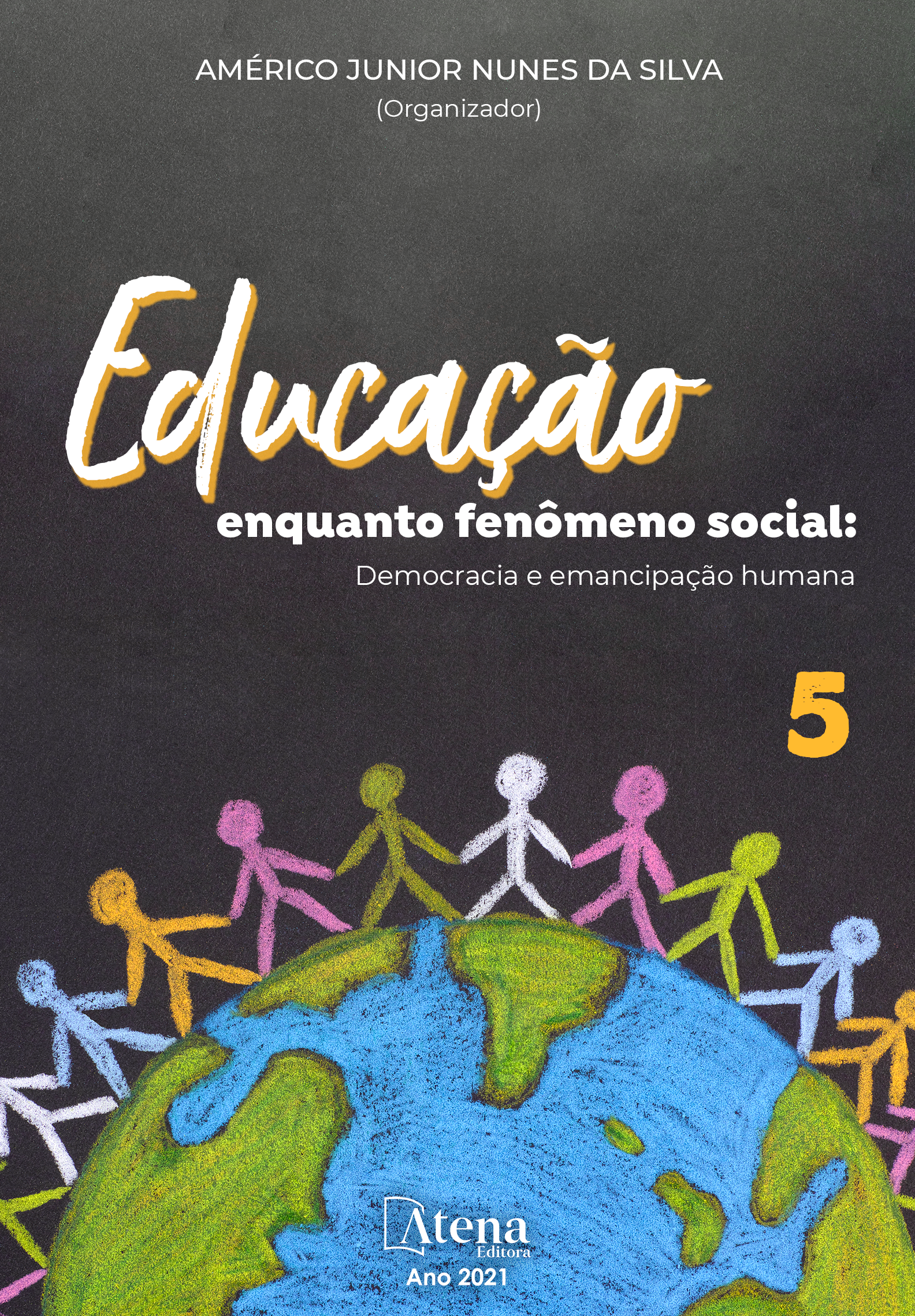
O LIVRO DIDÁTICO DE HISTÓRIA E AS REPRESENTAÇÕES DO COTIDIANO DE NEGROS APÓS A ABOLIÇÃO NO BRASIL NO SÉCULO XIX
Por ser a principal ferramenta metodológica da maior parte dos professores, o livro didático, e especialmente suas imagens, têm o poder de veicular informações e conhecimentos necessários à aprendizagem. Ciente desta importância, o objetivo desta investigação é analisar o uso das imagens em duas obras didáticas de História. Foram analisadas as coleções Projeto Araribá e Vontade de Saber História, de autores e editoras diferentes, ambas recomendadas pelo Programa Nacional do Livro Didático (PNLD), nas edições de 2008 e 2011. A temática escolhida está relacionada ao cotidiano dos negros após a abolição no Brasil no século XIX. Avaliando as obras consultadas, percebe-se que apresentam projetos gráficos atraentes e bom tratamento visual das imagens. No entanto, cabe destacar que a função que estas ocupam em relação aos textos que as acompanham é o de meras ilustrações, que comprovam as informações escritas. As imagens não são tratadas como fontes históricas que dialogam e questionam os textos, instigando os alunos a pensar sobre elas. Quando não problematizadas, desconsideram-se as intencionalidades dos sujeitos envolvidos na produção dessas representações visuais, produzindo “verdades” únicas ou versões “oficiais”, contribuindo para uma história acrítica, distante da realidade dos alunos.
O LIVRO DIDÁTICO DE HISTÓRIA E AS REPRESENTAÇÕES DO COTIDIANO DE NEGROS APÓS A ABOLIÇÃO NO BRASIL NO SÉCULO XIX
-
DOI: 10.22533/at.ed.4682116117
-
Palavras-chave: Imagem. Livro Didático. História. Fonte Histórica.
-
Keywords: mage. Textbook. History. Historical Source.
-
Abstract:
As the main methodological tool of most teachers, the textbook, and especially its images, have the power to convey information and knowledge necessary for learning. Aware of this importance, the objective of this investigation is to analyze the use of images in two didactic works of History. The collections Projeto Araribá and Vontade de Saber História, by different authors and publishers, both recommended by the National Textbook Program (PNLD), in the 2008 and 2011 editions, were analyzed. The chosen theme is related to the daily life of blacks after the abolition in the Brazil in the 19th century. Evaluating the works consulted, it is clear that they present attractive graphic designs and good visual treatment of the images. However, it is worth noting that the function they occupy in relation to the texts that accompany them is that of mere illustrations, which prove the written information. Images are not treated as historical sources that dialogue and question the texts, prompting students to think about them. When not problematized, the intentions of the subjects involved in the production of these visual representations are disregarded, producing unique “truths” or “official” versions, contributing to an uncritical story, far from the reality of the students.
-
Número de páginas: 5
- fabiana da Silva


